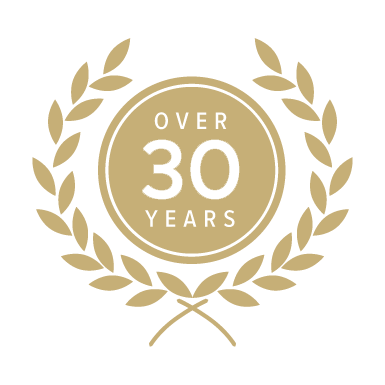Preventable Workplace Safety Mistakes During & After COVID-19

The rapid spread of a virus on the scale of COVID-19 has highlighted the role employers play in keeping illnesses from spreading in the workplace, and the risks (including litigation) that may arise.
In order to help attorneys educate their clients on preventable workplace safety mistakes during and after COVID-19, Round Table Group has assembled a COVID-19 practice group of industry professionals and renowned thought leaders. With an eye towards potential future litigation, a few select members of our practice group have offered their insight on some of the most common preventable mistakes.
Ignorance of Basic Regulatory Requirements
The first point of reference for businesses aiming to maintain the highest levels of workplace safety are regulatory organizations such as the CDC and OSHA. Mr. Sam Gualardo, a global consultant on environmental health and safety management systems with 40 years of experience directing and managing safety in workplace environments, explains, “OSHA provided some regulatory guidance in the form of pre-pandemic regulations, e.g. Bloodborne Pathogens, Respiratory Protection, Hazard Communications, General Duty Clause etc., that formed the basis of how to deal with workplace exposures to viruses.” While the CDC did not provide accurate guidance initially regarding the use of masks, they eventually clarified their stance and cleared up confusion. Therefore, updates made to these requirements should be monitored regularly.
Ignoring Existing Policies & Procedures
Every business operating today knows the importance of establishing clear workplace safety policies and procedures. More importantly, employers need to ensure as much as possible that all employees follow these procedures. If these policies and procedures are established and then ignored, businesses risk the safety of their employees, and could find themselves in litigation.
As an example, if an employee becomes ill, the company should have specific procedures in place to handle the situation. Mr. Gualardo suggests, “Due to the capability of uncontrolled contagion spread, they need to be sent home, medically evaluated, and quarantined if testing positive or retested for a time before being permitted to return. Coworkers need to be tested as well and contact traced. The employee work area and areas they frequented need to be immediately shut down and sanitized before permitting access to those areas.”
These policies and procedures also include regularly cleaning the offices, checking employee temperatures, social distancing, and the use of protective masks.
Reopening Too Quickly
COVID-19 has forced all businesses into previously uncharted territory, which has resulted in closed offices and remote working arrangements. Business leaders must be sensitive that reopening too quickly could lead to an unsafe workplace, and the virus spreading amongst employees. It is likely that outbreaks will occur due to businesses forcing workers back without adequate protections. Mr. Gualardo says, “Workers should only be permitted to return to the workplace when safety controls can be assured.”
Mr. Damon Williams, an experience health and safety program developer and industrial hygiene/environmental health science expert, believes litigation will arise quite frequently around this issue. He explains, “documented workplace outbreaks that resulted in serious health impacts or death will result in litigation. The employer is responsible for providing a safe work environment.”
Inappropriate Workplace Layout
Workplace layouts must prioritize social distancing standards in order to ensure maximum safety for employees and others that are entering the office. Mr. Eduard Eichen, a board-certified industrial hygienist with over 30 years of environmental microbiology and workplace exposure experience, explains, “Workspaces as well as common spaces such as bathrooms, break rooms, conference rooms, elevators etc., should be configured to allow maximum social distancing. This may also require staff reductions and/or staggering of work hours.”
The scope of this pandemic has made many business leaders more cognizant of their role regarding the spread of illness in the workplace. Whether it is due to the interruption of business, inappropriate testing/cleaning claims, documented workplace outbreaks, PPE usage, or a related issue, all businesses should be approaching their workplace safety procedures with a strong understanding of risk.
Our COVID-19 practice group can help provide much more detailed and industry specific insight for litigators that want to prepare their clients to avoid litigation or understand standards for clients currently facing litigation. This practice group is composed of leading workplace safety experts, including Eduard Eichen, Sam Gualardo, and Damon Williams. If you would like to consult or retain our practice group experts for upcoming litigation, contact us at (202) 908-4500.

